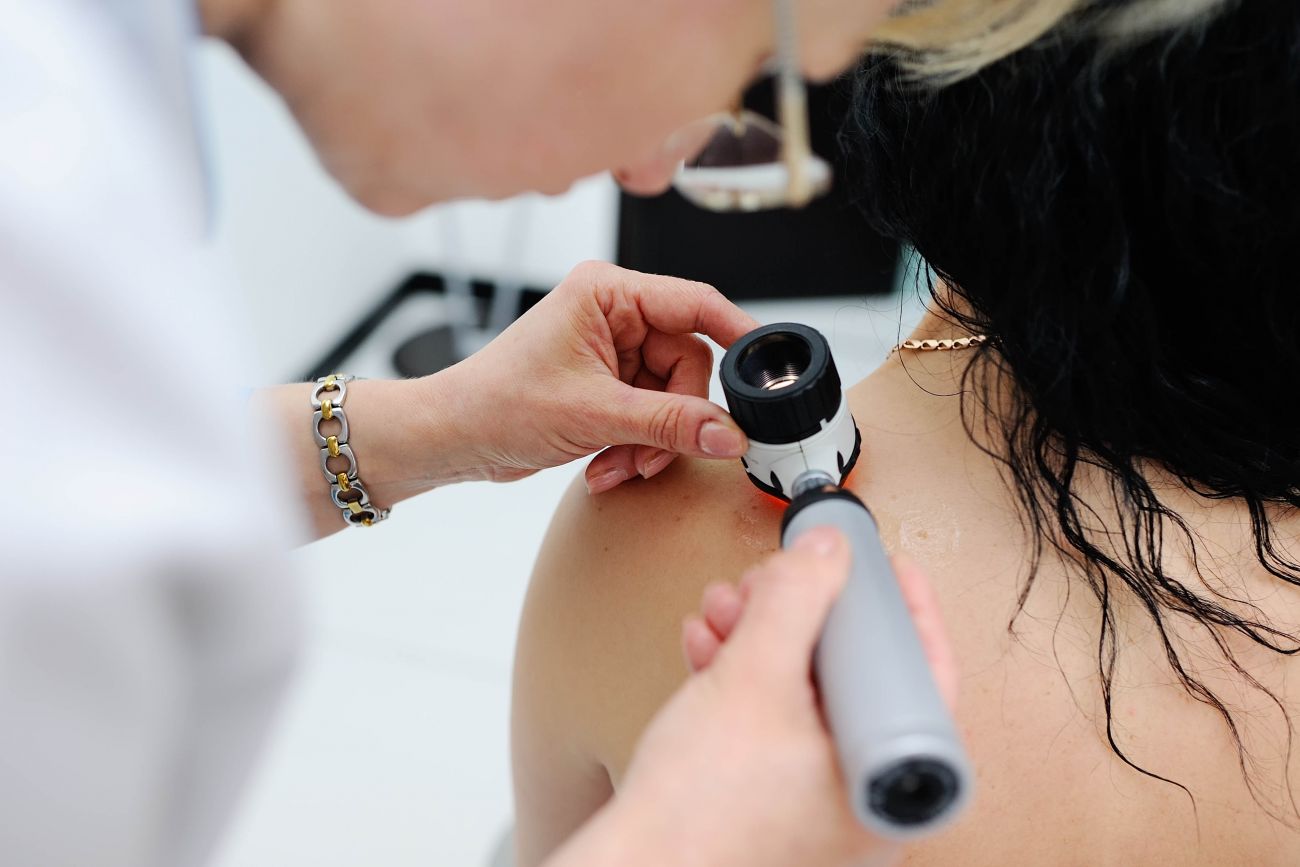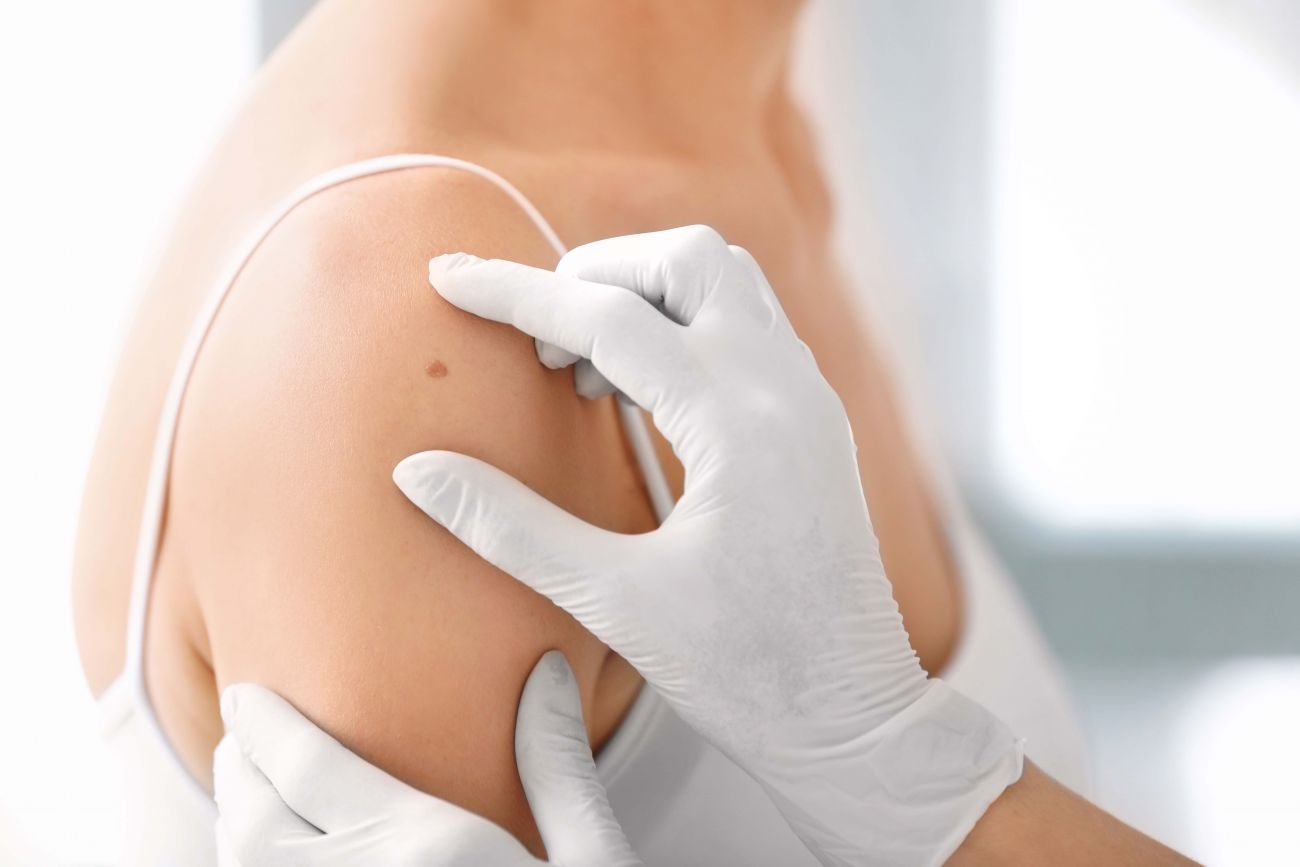What does melanoma look like?
Melanoma develops from skin cells called melanocytes which make melanin or pigment. Melanocytes are also found in other body areas, such as the eyes, digestive tract and lymph nodes although melanoma can occur in these areas, it’s far less common than melanoma of the skin.
Most of the time, melanoma develops from an existing mole or appears as a new mole. A mole is merely a cluster of melanocytes and surrounding skin tissue. Common moles tend to be small − smaller than a pencil eraser. It’s important to check your skin regularly so that you’ll recognize a new, growing or changing mole or skin spot.
Signs of melanoma on the skin
Look for an ugly duckling
If you have numerous moles, bumps or spots on your skin, it’s important to recognize an “ugly duckling” or one that is unlike the other.
Alert your doctor to any mole or skin spot that shows one of these ABCDE characteristics:
- Asymmetry. One half does not match the other.
- Border. The border is uneven or irregular with notched or blurred edges.
- Color. The color is uneven and may include tones of black, brown, tan, pink, white or blue.
- Diameter. The size of the spot is larger than 6 millimeters across, about the size of a pencil eraser.
- Evolving. The mole is changing in size, shape or color.
Melanoma occurs most commonly on sun-exposed areas of the skin, such as the trunk, between the shoulders and hips, on the head, neck, and in women, on the lower legs. Although melanoma is rare in black people or others with dark skin, when melanoma does develop in people of color, it tends to occur on the palms and soles.

